From soothing blues to invigorating reds, the colours we choose to wear and surround ourselves with are far more than aesthetic decisions; they are powerful signals to our minds and emotions. This article delves into the fascinating psychology of colour, exploring how hues influence mood and mindset, and offers practical tips on harnessing colour to uplift your spirits and break free from emotional ruts.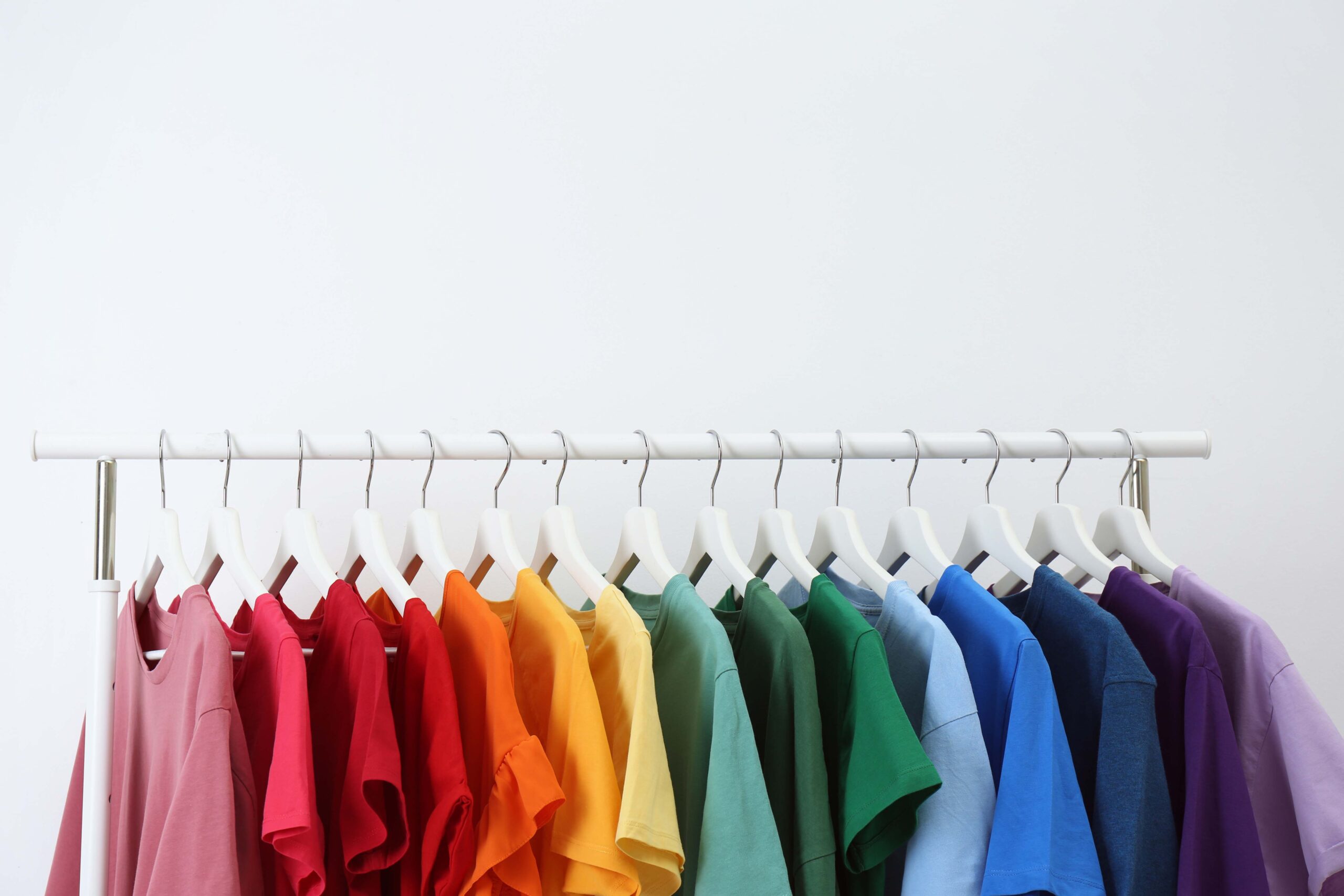
Colour is a universal language that speaks directly to our emotions, often bypassing rational thought to influence how we feel and behave. Whether it’s the clothes we put on in the morning or the colours that fill our living spaces, these choices are deeply intertwined with our psychological state. Understanding the psychology behind colour can empower us to use it intentionally, creating environments and wardrobes that support our mental well-being.
The Emotional Spectrum of Colour
Colours evoke a wide range of emotional responses, many of which are rooted in cultural associations, personal experiences, and even biological wiring. For example, red is often linked to energy, passion, and urgency, while blue tends to evoke calmness and stability. These associations can vary, but some general patterns have been identified through psychological research.
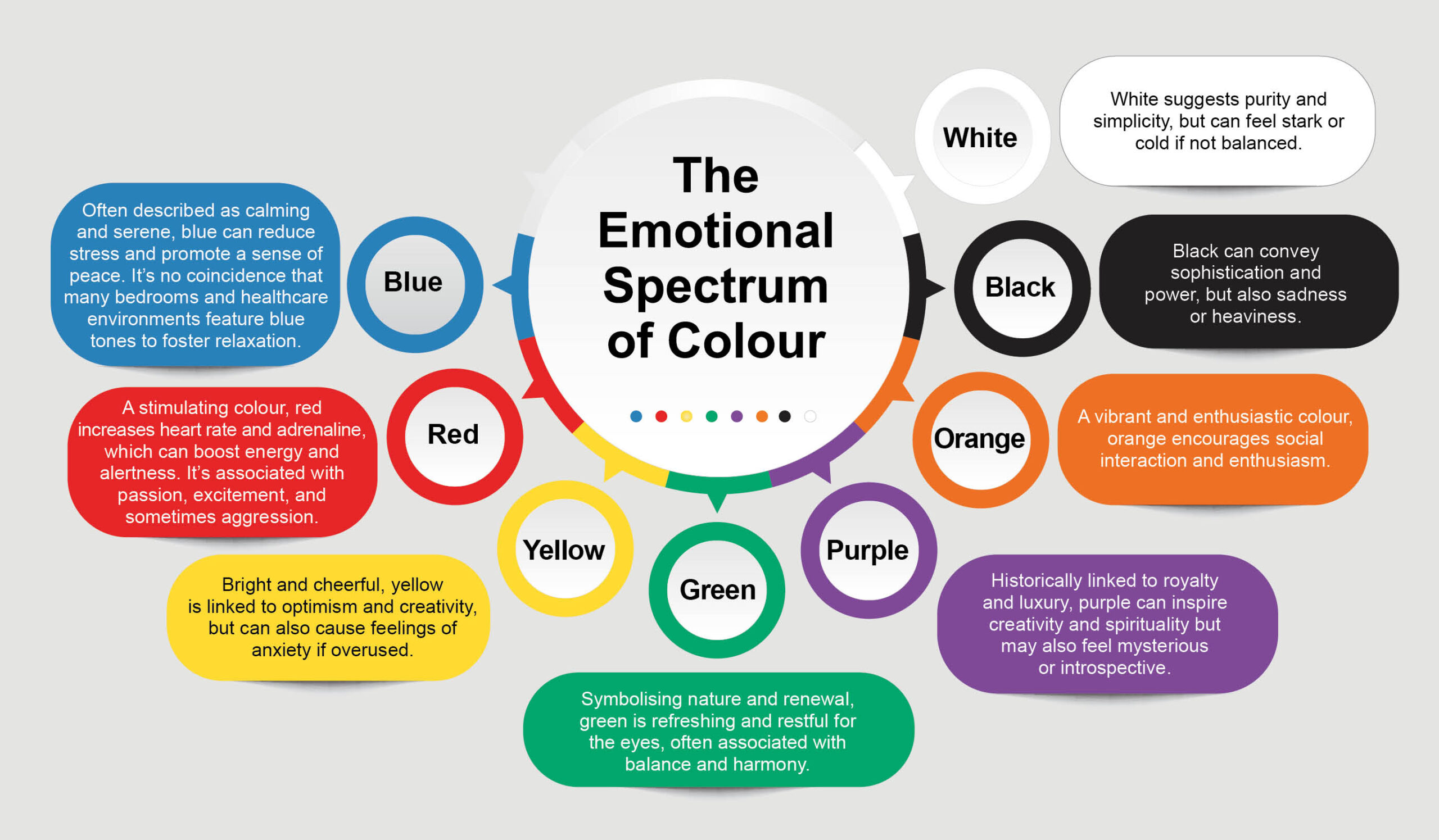
Colour in Wardrobe: Dressing Your Mood
The colours we wear often reflect our current emotional state or the mood we wish to project. Psychologists suggest that clothing colour choices are a subtle form of self-expression and mood regulation.
For instance, wearing blue on a stressful day might help calm nerves, while slipping into red could boost confidence before an important meeting. People might gravitate toward darker colours like black or grey when feeling introspective or subdued, whereas bright colours like yellow or orange might be chosen to uplift spirits or signal positivity.
Interestingly, some studies indicate that people subconsciously select colours to influence how others perceive them. Wearing red, for example, has been shown to increase perceptions of attractiveness and dominance in social and professional settings.
Colour in Décor: Shaping Your Environment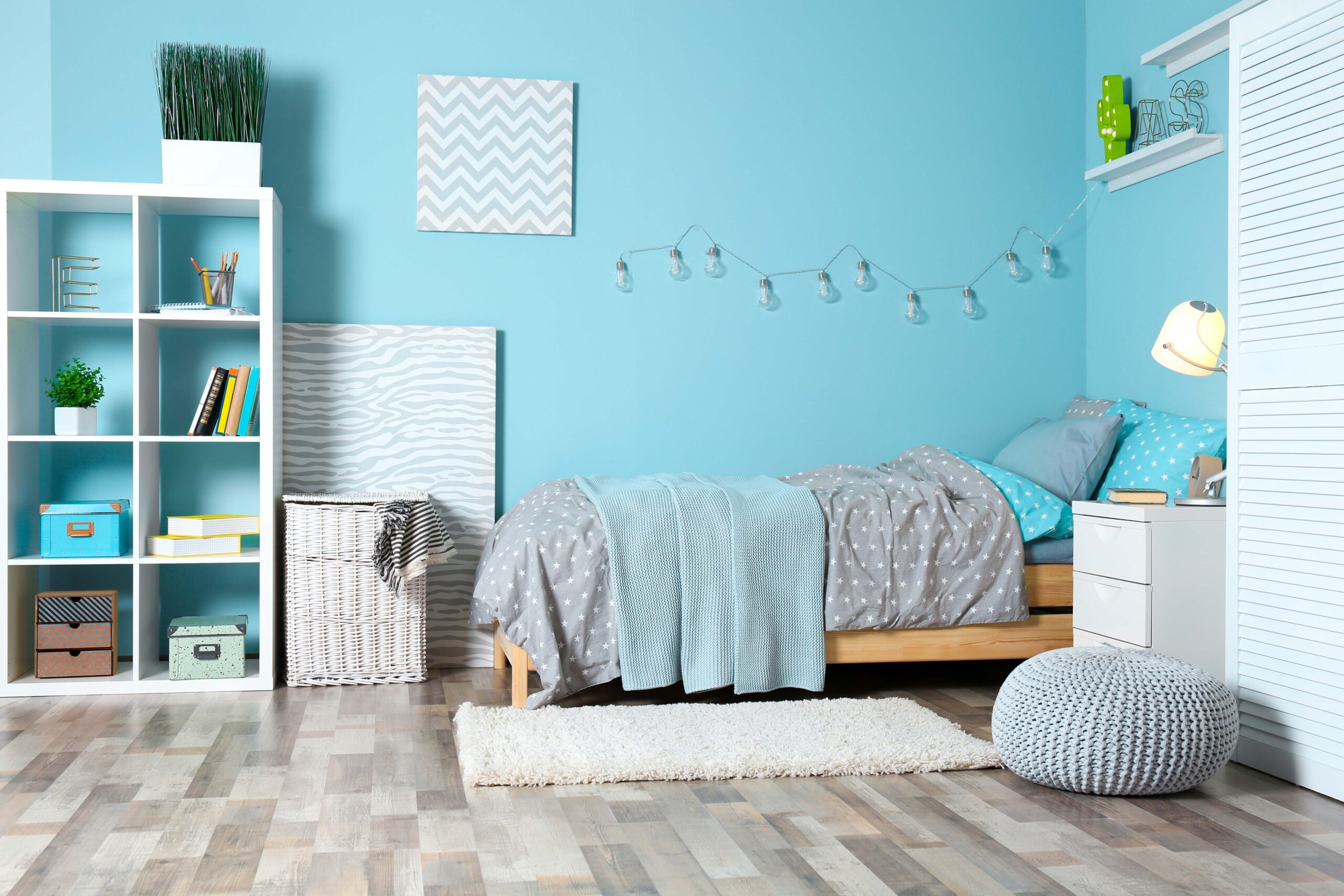
Our living and working environments profoundly impact our mental health, and colour plays a crucial role in this. The walls, furniture, and accessories we surround ourselves with can either soothe or stimulate, depending on the hues chosen.
- Calming Spaces: Bedrooms and relaxation areas benefit from cool tones like soft blues, greens, and lavenders, which help reduce anxiety and promote restful sleep.
- Energising Areas: Spaces meant for activity, such as gyms or creative studios, can incorporate reds, oranges, and yellows to inspire motivation and creativity.
- Balanced Zones: Living rooms and offices often use neutral palettes with pops of colour to create a harmonious yet engaging atmosphere.
The psychological impact of colour in décor is so significant that many therapists and wellness experts recommend colour therapy or chromotherapy as a complementary approach to mental health.
Using Colour to Lift Yourself Out of a Rut
When feeling stuck in a mental or emotional rut, consciously changing the colours you wear or your surroundings can be a simple yet effective strategy to shift your mood.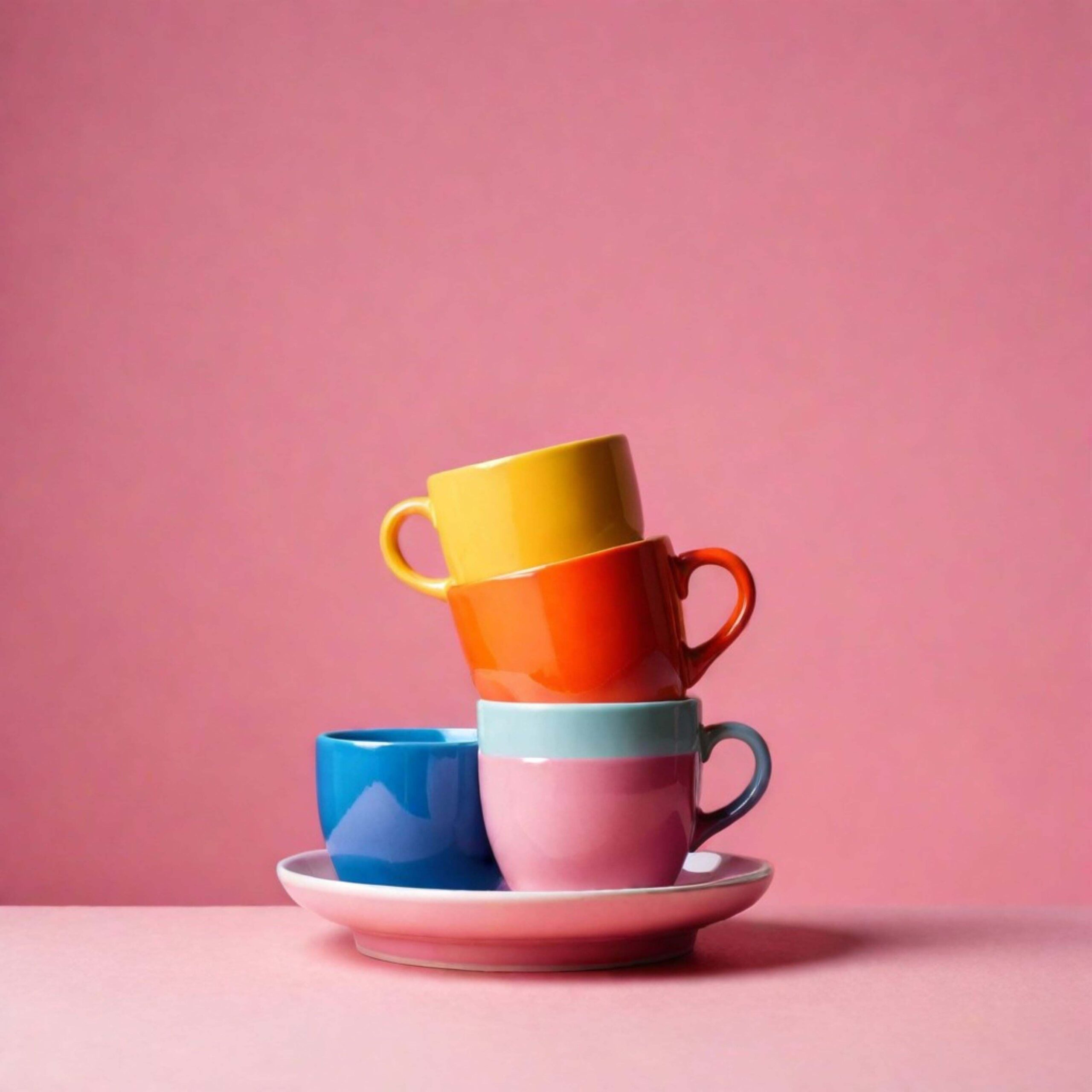
- Start Small: Introduce small bursts of uplifting colours, such as a bright scarf, a colourful mug, or a vibrant cushion.
- Wear Your Mood: If you want to feel more energetic, try wearing reds or oranges. For calm and focus, opt for blues or greens.
- Repaint or Rearrange: Changing the colour scheme of a room, even with something as simple as new curtains or artwork, can refresh your mindset.
- Natural Hues: Incorporate natural colours and materials to ground yourself: earthy browns, leafy greens, and sky blues reconnect you with nature’s calming influence.
- Personal Preferences Matter: While general colour psychology provides guidelines, personal associations with colour are crucial. Choose shades that resonate positively with you.
The Science Behind Colour and Mood
Research in colour psychology has shown that colour perception affects brain activity and hormone levels. For example, exposure to blue light influences the production of melatonin, regulating sleep cycles. Red can increase adrenaline and heart rate, preparing the body for action.
Moreover, colour influences cognitive performance. Studies have found that red can improve attention to detail, making it useful for tasks requiring focus, while blue encourages creativity and problem-solving.
However, it’s important to note that individual responses to colour can vary widely due to cultural backgrounds, personal experiences, and even gender differences. This variability underscores the importance of tuning into your reactions when using colour for mood regulation.
Practical Tips for Incorporating Colour Mindfully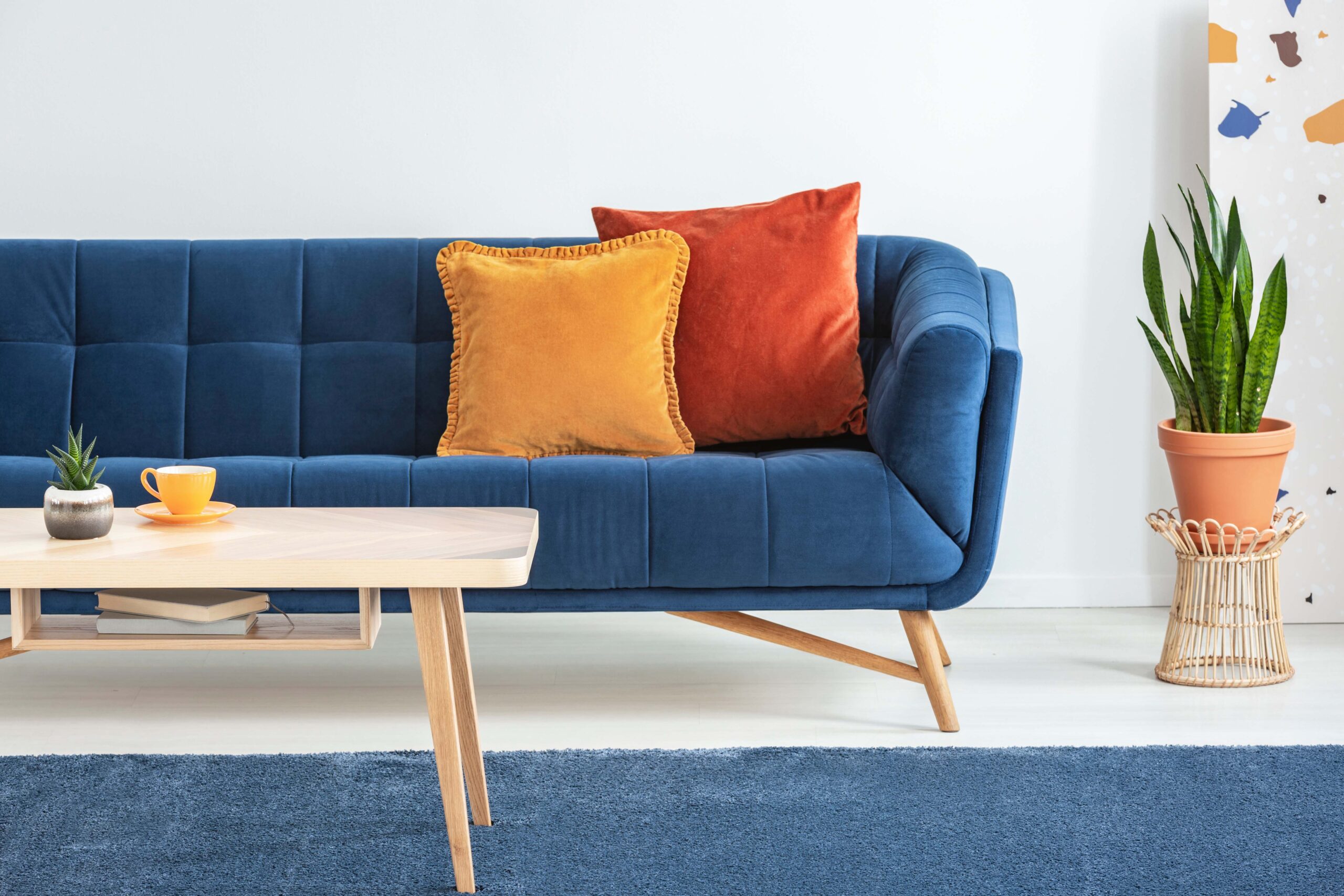
- Wardrobe: Build a versatile wardrobe with a mix of calming and energising colours. Use colour strategically; wear calming hues on stressful days and energising ones when you need a boost.
- Home Décor: Choose colours that align with the function of each room. Bedrooms for rest, kitchens for energy, and living rooms for balance.
- Workspace: Use blue or green accents to enhance concentration and reduce stress.
- Accessories: Use colourful accessories to add mood-enhancing pops of colour without overwhelming your space.
- Experiment: Don’t be afraid to try new colours and observe how they affect your mood and energy.
The Psychology of Colour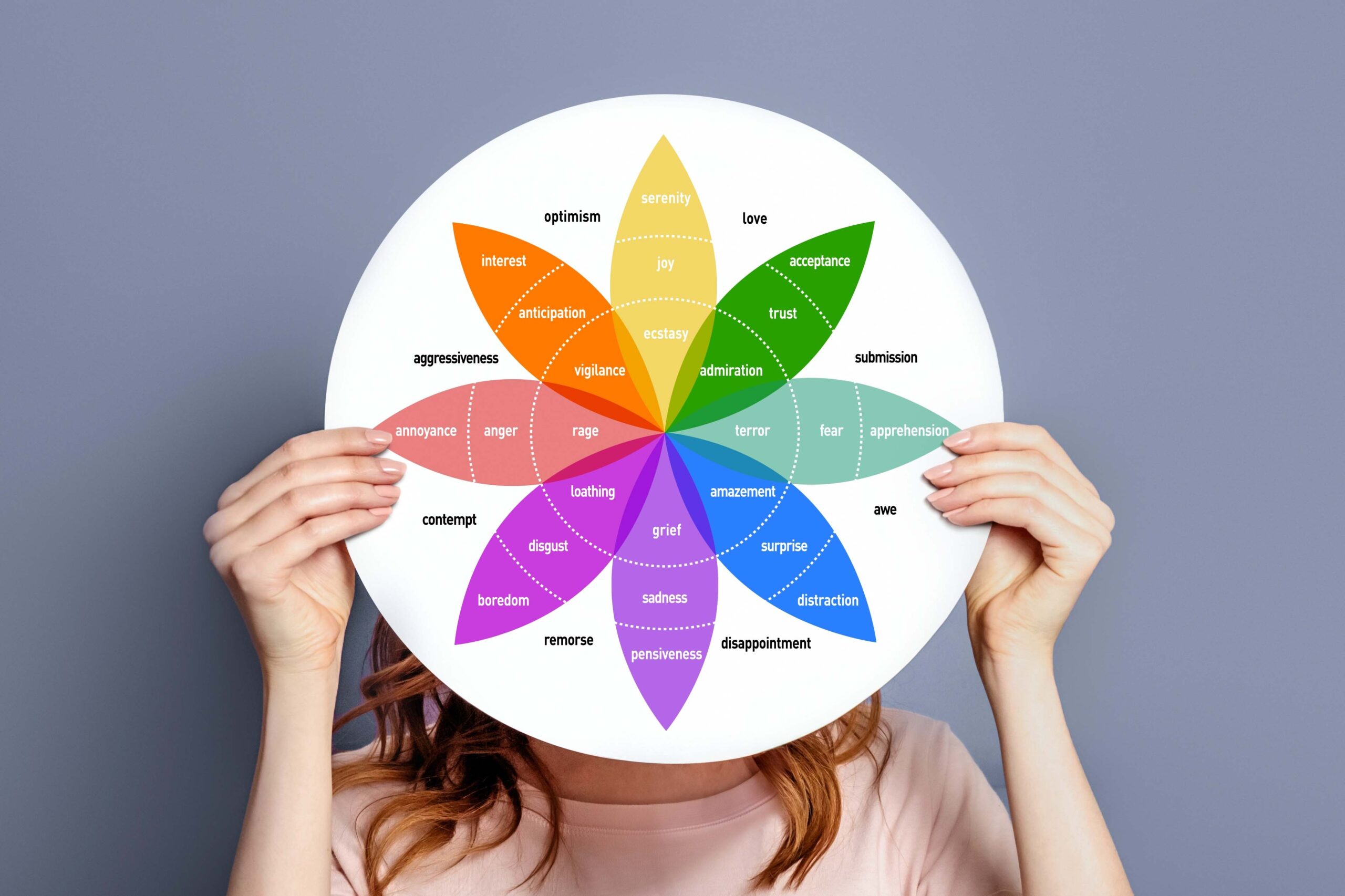
Colour is a powerful psychological tool that can influence how we feel, think, and interact with the world. By becoming more aware of the colours we wear and the hues that fill our environments, we can harness their emotional effects to improve our mood and mindset. Whether you seek calm, energy, creativity, or balance, the right colours can help you navigate your emotional landscape more effectively and lift yourself out of mental ruts.



